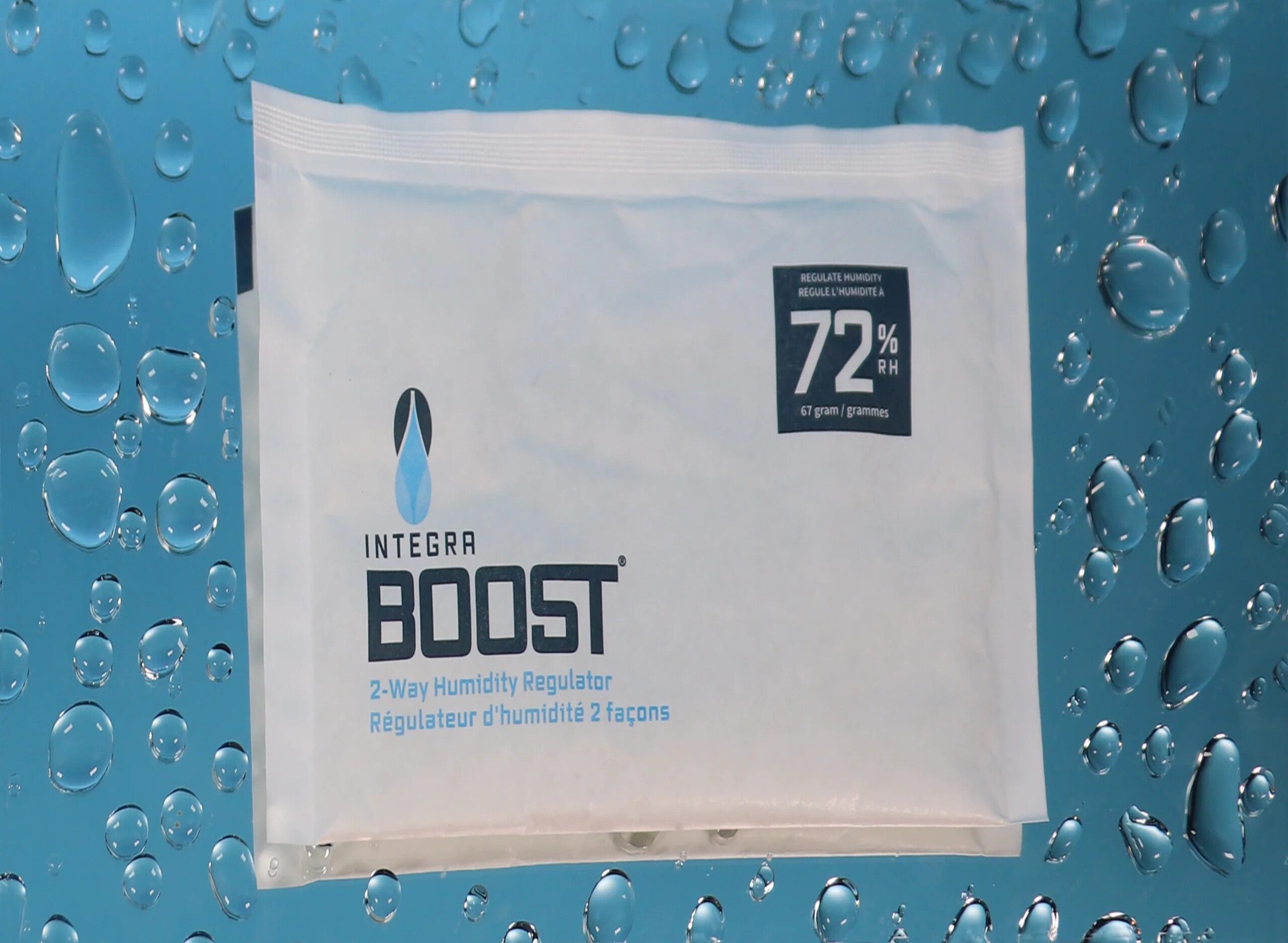Table of Contents
Navigating the complex landscape of vape packaging regulations across different U.S. states presents significant challenges for cannabis brands. With each state establishing its own requirements while federal regulations continue to evolve, maintaining compliance requires diligent attention to detail and regular updates to packaging protocols.
Federal Requirements for Vape Packaging
At the federal level, vape packaging must adhere to several baseline requirements regardless of state-specific regulations:
- Child-resistant packaging that meets CPSC standards
- Proper warning labels about nicotine content (for nicotine products)
- Manufacturing information including batch numbers
- Tamper-evident features
These federal guidelines serve as the foundation upon which state regulations build additional requirements. For cannabis vape products specifically, tamper-evident solutions are particularly important for maintaining product integrity and consumer safety.
State-Specific Vape Packaging Regulations
State regulations for vape packaging vary significantly, with mature cannabis markets often imposing the strictest requirements:
California
California requires universal cannabis symbols, child-resistant packaging, and specific warning language about health risks. Additionally, packaging must be opaque for certain products and include detailed cannabinoid content information.
Colorado
Colorado mandates the universal THC symbol, child-resistant packaging, and batch-specific testing information. The state also requires packaging that protects against light degradation for certain vape products.
Washington
Washington state regulations include requirements for child-resistant features, warning statements, and product identification information. The state also has specific rules about package transparency and visibility of contents.
Staying current with these regulations is essential, as non-compliance can result in significant penalties or product recalls. This comprehensive compliance guide offers state-by-state breakdowns of current requirements.
Child-Resistant Standards for Vape Products
Child-resistant packaging is a critical component of vape product compliance. According to federal safety regulations on special packaging, child-resistant features must make it significantly difficult for children under five years of age to access the product while remaining accessible to adults.
For vape products, this typically involves:
- Push-and-turn mechanisms
- Multiple-step opening processes
- Squeeze-and-pull designs
- Locking clamshells or boxes
Testing protocols require that at least 80% of children under five cannot open the package within a specified time, while 90% of adults can open and properly close the package. This guide on meeting legal standards provides detailed information on testing requirements.
Labeling Requirements and Warning Statements
Proper labeling is essential for compliance across all states. While specific language may vary, most states require:
Required Information
- Product name and brand
- Total THC/CBD content and concentration
- Batch or lot number
- Manufacturing and packaging dates
- Testing laboratory information
- Activation time and dosing information
Warning Statements
Warning statements typically address:
- Age restrictions (21+ only)
- Pregnancy and breastfeeding risks
- Impairment warnings for driving/operating machinery
- Keep away from children and pets notices
The legibility of these warnings is also regulated, with many states specifying minimum font sizes and contrast requirements. This article on retail display compliance offers guidance on maintaining visibility of required warnings.
Material Safety Standards and Testing
The materials used in vape packaging must meet various safety standards:
Physical Protection
Packaging must protect the product from physical damage, particularly for glass cartridges. This guide on leak and breakage protection details best practices for physical security.
Environmental Resistance
Materials must withstand environmental factors like heat and humidity without degrading. This comparison of material performance helps identify suitable options for different climates.
Format Considerations
Different packaging formats offer varying levels of protection and compliance features. This comparison of clamshells, boxes, and tubes evaluates performance across multiple criteria.
Implementation Strategies for Multi-State Compliance
For brands operating across multiple states, implementing a cohesive compliance strategy is essential for efficiency and risk management. Consider these approaches:
- Create a master packaging design that incorporates the strictest requirements from all relevant states
- Develop modular label systems that can be customized by state without redesigning the entire package
- Establish relationships with packaging suppliers familiar with cannabis regulations
- Implement regular compliance audits to catch and correct issues before regulators do
- Stay informed about pending regulatory changes through industry associations
The investment in compliant packaging pays dividends through avoided fines, recalls, and reputation damage. As regulations continue to evolve, maintaining a proactive approach to compliance will remain a competitive advantage in the vape product market.











Leave a comment
All comments are moderated before being published.
This site is protected by hCaptcha and the hCaptcha Privacy Policy and Terms of Service apply.